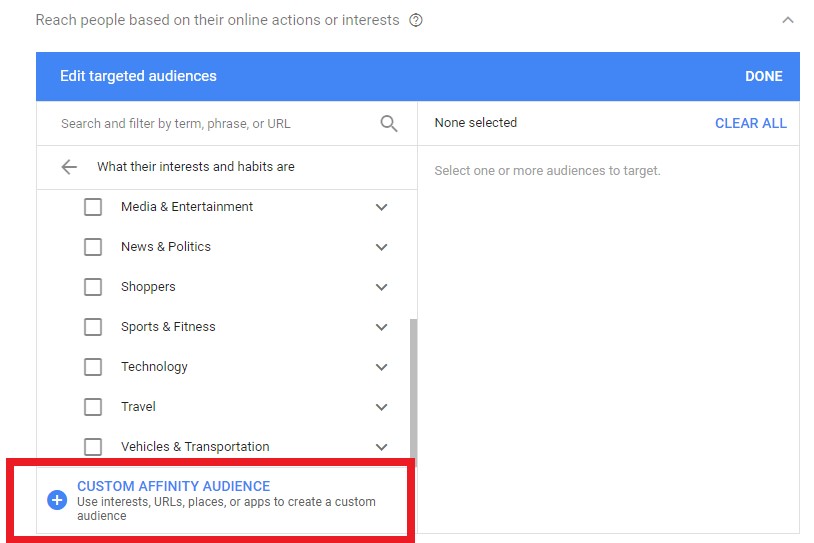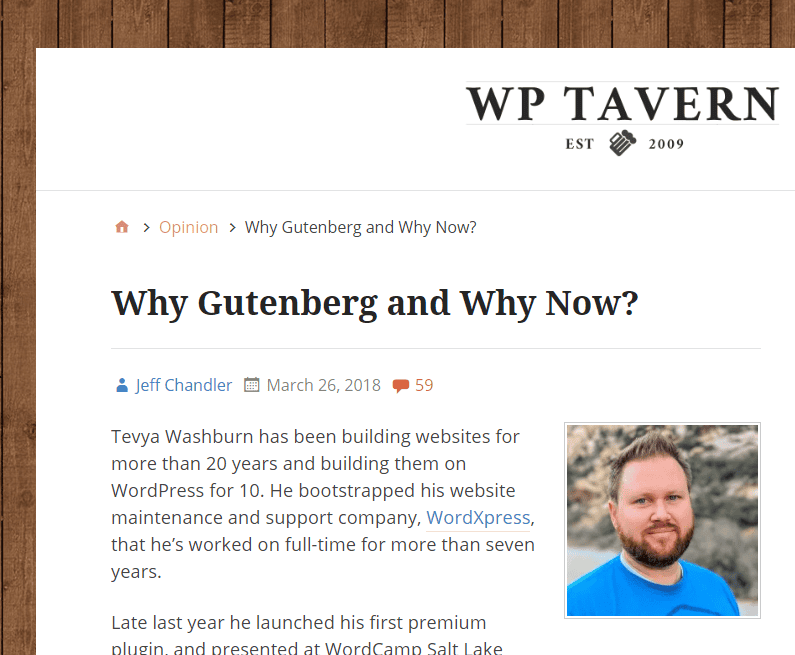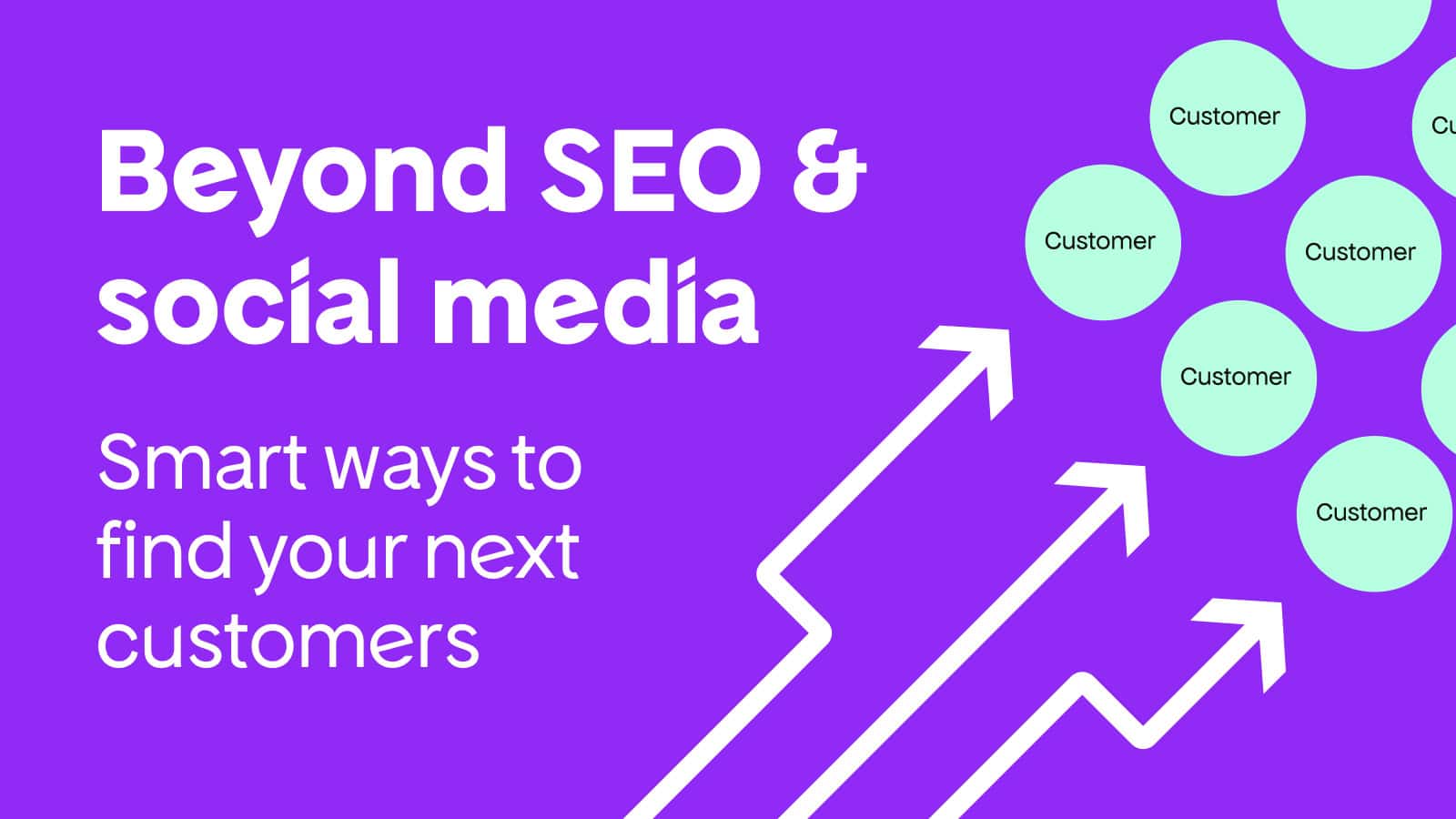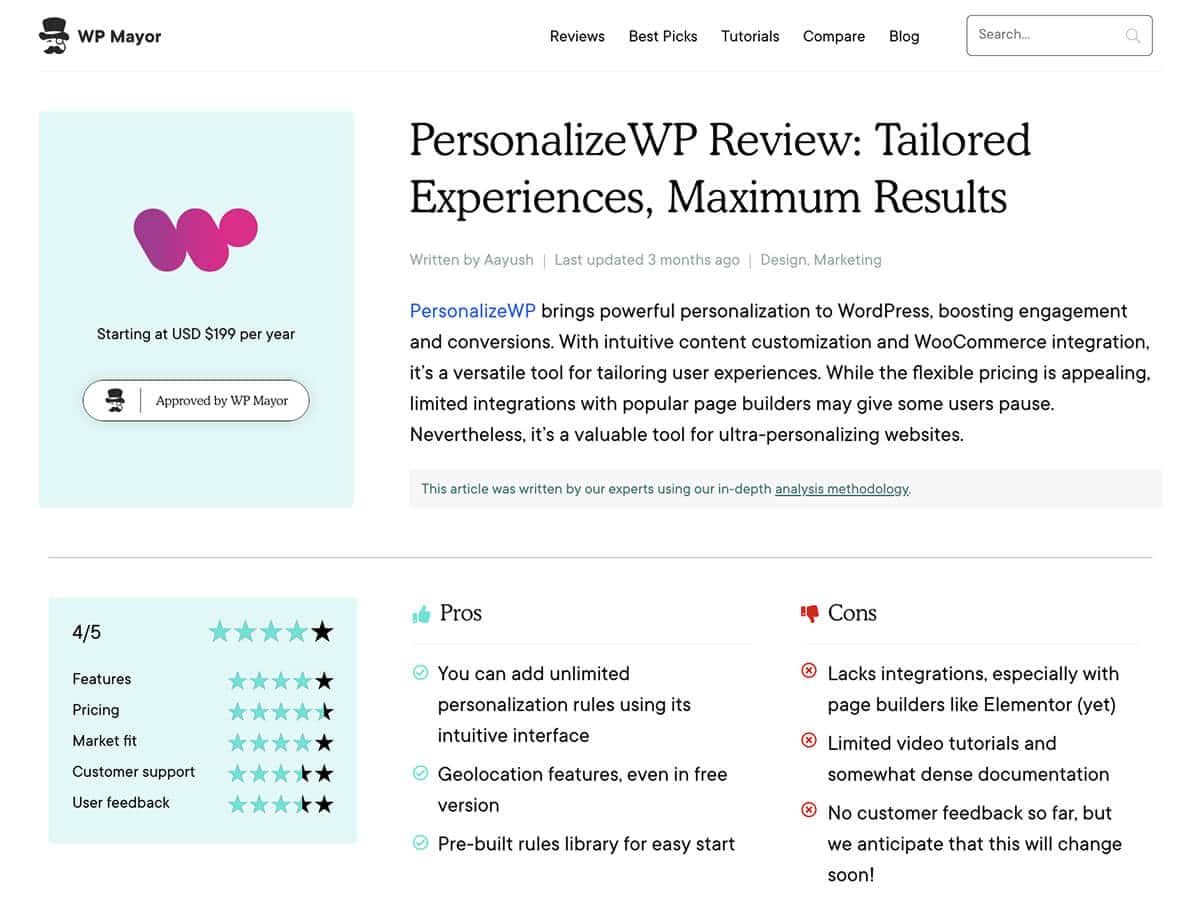|
|
“Building a WordPress plugin or theme is just the beginning. Without an engaged and relevant audience, it’s tough to justify the time and resources spent on development and maintenance.
In this article, we’ll share innovative ways to reach new audiences for your WordPress product business without relying on the usual strategies like SEO, content marketing, and social media.
Instead, we’ll introduce fresh, less-explored approaches to help you stand out in the WordPress ecosystem and attract the right users to your product..
“Stealing” Your Competitors’ Customer Data
This subheader may sound potentially problematic, but hear us out. The idea and method described below are perfectly legal and morally sound — as long as you follow our directions.
Let’s get into it.
Broad Audience Targeting
Most WordPress product sellers haven’t heard of Facebook Dynamic Ads, which is why they’re missing out. These ads automatically promote relevant products to the right audiences without manual effort.
Ever seen a Facebook ad for a product you recently viewed or added to your cart?
That’s a Dynamic Product Ad, a form of retargeting that delivers highly personalized ads to users who have already shown interest in your product. This drives higher conversion rates than traditional campaigns.
But here’s where it gets interesting. Broad Audience Targeting lets you reach people who haven’t even visited your site but have browsed similar products on your competitors’ websites.

How It Works
Facebook’s pixel, installed on competitor websites, tracks visitor behavior. With Broad Audience Targeting, you can use this data to show your WordPress themes or plugins to high-intent users who have already been primed for a purchase without you doing the heavy lifting.
Why this matters:
- You reach highly engaged users who may have never heard of your brand
- Your competitors have already done the work of warming them up
- Conversion rates outperform regular paid ads since these users are actively searching for solutions like yours
Want to set this up? Here’s how to do it.
Just remember, if you use this strategy, your competitors can use it too. Welcome to the Facebook ad game.
Custom Affinity Targeting
Another interesting and even easier way to leverage your competitors’ data for your own business growth is by using Google Ads’ Custom Affinity feature. This powerful tool allows you to target the traffic of any competitor’s website, giving you a strategic edge in reaching your ideal audience.
You’ll obviously need to sign up for a Google AdWords account if you haven’t already done so. After you’ve set up your account, here’s how to quickly set up a Custom Affinity Targeting campaign inside it:
- Create a new ‘Display Campaign’
- Go to ‘Audiences’
- Select ‘Affinity’ and then select the ‘Custom Affinity’ targeting option
- On the very bottom – select the ‘CUSTOM AFFINITY AUDIENCE’ option

- Name your new audience and insert the URL, Sub-domain, or even a webpage whose visitors you’d like to steal… ahem, sorry.. target.
- You should now be able to preview the estimated size of your Custom Affinity audience.
That’s it! As long as the people who have visited that URL or the web pages included in it are logged in to a Google account they are ready for you to target them with your creative material.
Let’s see what you could do with this new option that’s available to you, and how you might use it:
Straight Up URL Targeting
The most obvious (and probably mandatory) thing to start with would be to target your direct competitors’ visitors and track the results. Simply use the new Custom Affinity target audience you’ve just created from some competitor’s URL and start reaching out to them with your offer.
Similar to Facebook’s Broad Audience targeting option, this method alone can significantly boost your conversion rates compared to a standard Google Ads campaign..
This is simply due to the fact that your campaign’s target audience are people who have already expressed interest in your competitor’s products, which are similar, or very close, to yours.
Use The Ripple Effect
A more creative approach to using Custom Affinity Targeting would be to target visitors on news websites that cover your competitors’ announcements.
People visiting these sites are likely interested in the latest updates about your competitor and that means that they could also be interested in your product and your unique offers as well.
You should use that to simply insert the webpage addresses of those news websites and target their visitors right after they publish those items or their opinion articles on the given topic.
For the marketing aspect, you can reach your competitors’ audience through the Google Display Network or even with a YouTube video. Choose the format that aligns best with your campaign goals and target audience.
Getting Featured in an Industry Newsletter
WordPress has a vibrant ecosystem of newsletters that reach thousands of developers, agency owners, and end-users every week. Getting your WordPress plugin or theme featured in one of these industry newsletters is another way to drive significant traffic to your site.
Most newsletter curators actively seek quality content to feature, making this a surprisingly accessible marketing channel. These publications might not generate immediate sales, though, but they can increase brand awareness for your business and help build credibility with minimal effort.
Dave Grey, founder of OurWPPlugins, has experienced firsthand the power of newsletter features for growing awareness of his WordPress plugins.
“In the WordPress world there are quite a few different newsletters, but my favourite (as I think it has the largest weekly distribution) is The WP Weekly,” says Dave. “As it comes out on a Monday its well placed for starting off the week, otherwise by the time mid week/Friday newsletters arrive the same key headlines are covered and its less ‘new’ by then.”
Dave has had all three of his plugins mentioned in The WP Weekly, with his Administrator Toolkit plugin receiving multiple features. The impact on his site traffic is clear:
“You can see on the analytics chart the 4 times when my site has had a mention in his newsletter,” Dave explains. “While I don’t have any hard stats on additional sales due to a newsletter mention, I’ve had an increase in organic searches/direct visits which have no doubt been helped by my plugins names being seen in more places.”
One often overlooked benefit of newsletter features is the additional promotion many authors provide across social platforms. As Dave points out:
“As well as being featured in his newsletter he also posts on their X and LinkedIn profiles for anyone mentioned that week, so its triple exposure which is great. Plus during the week he occasionally directly posts about content covered in that issue which also helps.”

This multi-channel promotion helps your product reach audiences who might not subscribe to the newsletter but follow the publication on social media.
The best part about newsletter marketing is that it’s often free and requires relatively little effort. Most curators are constantly hunting for interesting content to share with their audience. As Dave advises:
“A tip for others, which is also one that I need to do myself is…. do more marketing! Reach out to as many suitable newsletters as you can when you have a nice new release or a new product. It makes their lives easier in hunting down news.”
When reaching out to newsletter curators, consider these tips:
- Make their job easy by providing a concise pitch with clear details about your product
- Highlight what makes your plugin/theme unique or newsworthy
- Include high-quality screenshots or demo links
- Time your outreach around product launches or major updates
- Build relationships with curators before you need them
“At worst they might say no (unlikely), but if you are building something new and niche that others would like to know about then go for it,” encourages Dave. “Who wouldn’t want to be the one to break news about an up and coming plugin that can help people!”
If you need inspiration, here are the top WordPress newsletters to target:
- The WP Weekly – Large Monday distribution, perfect for starting the week
- Post Status – Reaches WordPress professionals and decision-makers
- WP Tavern – One of the most established WordPress news sources
- MasterWP – Popular weekly newsletter for WordPress professionals
- WP Mail – Curated WordPress news and articles
A Guest Article Linking To Your Product
Guest articles are not a new concept, especially not in the WordPress blogging sphere. However, they can provide you with great value when introducing your WordPress product to new and relevant audiences. Think of it as doing digital PR for your software product.
In addition to getting more exposure for your product, guest posting can and often is used as a hustle in a business’ link building strategy.
Check out the following example of an article written by Tevya Washburn for the very popular WPTavern publication. It’s clear that Tevya put a lot of effort into creating a compelling guest article that caught the Tavern’s attention. His article offers valuable insights for readers looking to deepen their understanding of the new Gutenberg release.
If you start reading this guest article you’ll notice how fairly quickly, right within the first few paragraphs, the writer casually slips in the fact that he had launched a new WordPress product out there, together with a direct link to the website. This is definitely the work of a professional, as it couldn’t have been done in a more casual, yet accurate spot.
As a reminder – we’re talking about one of the most popular publications in the WordPress ecosystem, with the first link in the article leading to a premium product’s homepage – right on the money. That’s without even mentioning the other links he’s earning from the author’s bio-line at the top.

Based on our positive experience from pushing out guest articles on various publications around the WordPress sphere, we have really come to value this channel at Freemius, because guest posts:
- Help build your brand and authority: By covering interesting topics, sharing original data, and creating thought leadership content, you can quickly and effectively become known and appreciated in your ecosystem, and your products come right along with you.
- Are free of charge: Guest posts are done as collaborations, which means you don’t have to pay to get published. If your guest content delivers value to the publication that’s going to host it, then that is going to be their “payment”. While guest posts may not necessarily deal directly with the product you’ve set out to promote, they still link directly to it and can excite people and make them go and check it out.
- Generate leads from relevant audiences: The guest content you publish on a major publication can attract a new audience who’s not familiar with your name. The publication’s credibility among this audience transfers to you, which can further spark interest in your products.
- Boost your SEO:Guest posting is often used as a tactic to get more links back to a product’s website, as part of your SEO efforts. When websites with a high domain authority link back to your website it helps increase your own authority in the eyes of search engines, which helps you rank higher in SERPs. The higher the domain authority of the publication that’s linking to your domain – the better, so, naturally, you want to aim for publications with a good reputation and a large (and relevant) readership.
A Paid WordPress Product Review
If you’re a WordPress community regular, then you’re probably familiar with the top sites in the ecosystem. These successful websites leverage their high traffic to offer sponsored reviews of commercial WordPress products.
Product owners naturally want to use these channels to reach relevant new audiences. Here are several prominent WordPress sites that either offer formal review services or will publish reviews of your plugins or themes:
WPMayor
One of the most famous expert websites in the WordPress sphere is WPMayor. It regularly publishes WordPress news, articles, hacks, and WordPress plugin & theme reviews.
Here, for a fee, you can get your product reviewed by their experts. Whether or not you want to have the review published and displayed there afterward is completely up to you.
Products that get a positive opinion likely ask for it to be published – why not, right? You’ll get to enjoy the exposure to all of their readers & subscribers, as well as some quality SEO juice and backlink from such a high-ranked website.
Note:WPMayor also offers another interesting deal that could potentially help with your efforts for acquiring new relevant audiences for your WordPress product: A Product Giveaway.
Not only is it cheaper than getting a thorough product analysis from them, but it also counts on a different distributional factor altogether, which may prove as beneficial for your WordPress plugin or theme: excitement.
When giving away a product it creates excitement among the people who are interested and that participate in the raffle. WPMayor will be responsible to advertise your product giveaway using a banner on their website and sharing it on their social media channels, for some extra exposure.
CodeinWP
It seems like an important part of the content marketing strategy at CodeinWP revolves around conducting profound WordPress product category reviews.
CodeinWP’s team will often pick out a category and compare all of the best WordPress products in it against one another.
Their comparisons seem to get quite a lot of traction and attention in the WordPress sphere, so if they haven’t made one that treats your product’s category – you may want to make sure that whenever they do your product is included and reviewed up there with the best:
In fact, even if you find that they already have reviewed your specific category and that your product was left out, you could probably still do one of two things:
- Contact the writer or someone else in the CodeinWP team and ask them to update a specific product category review they’ve published in the past and add your product to it.
- Use their Disqus comments section at the bottom, which they do not seem to close at any specific point after publishing. In the comments, you can reference your product in a way that would not seem too promotional, while still saying a word or two about it with relevance to the context at hand.
Get Reviewed On Additional Websites
Pretty much the same approach can be taken towards other websites that write and publish high-quality WordPress product reviews like:
- WPLift: This site has a WordPress Plugins Categories list
- WPShout: This site publishes reviews from time to time (although I’m not sure if they can come on-demand). I was simply able to locate them by querying their blog archive.
- WinningWP: Regularly take a look at some of the best WordPress plugins available (both free and premium). You may be able to contact them about “taking a look” at yours. You can find many of their existing reviews on their Plugins category.
You can find many additional websites that do either paid or spontaneous reviews (feel free to mention your findings in the comments section below) but my point is that it clearly has the potential for becoming a capable stream of new and relevant audiences for your WordPress product.
It’s important that you first try to gauge the volume and relevancy of the audience each such review site can offer you and understand whether paying for their analysis and review for your product actually has the potential of paying off for you financially at the end of the day.
A New Broom Sweeps Clean, But The Old One Knows The Corners
If you read this far along you should now be equipped with some brand new and exciting tools in your toolbox. Some of them can induce an immediate and great effect and help you reach new relevant audiences for your WordPress plugin or theme fairly quickly, while others require putting in some more work in order to be able to see the results.
The bottom line though is that with the help of these modern methods and capabilities you don’t necessarily have to be the world’s greatest hacker or internet scraper to get your WordPress plugin or theme in front of your relevant audiences and make them an offer they cannot refuse.
If you want to learn more about marketing strategies for small software teams and solo software makers, check out our marketing handbook with practical, tested tips and strategies.











Kobe, have you been reading my mind? This is the kind of article I was looking for. I was researching who does paid reviews and such for new products and I could not remember all those sites I've seen before.
I've just released a new product that will use the Freemius bundle & add-ons features and I need to find the audience before investing time into complex add-ons :D Thank you!
I am still not sure about Facebook Ads since they were not doing a great job for me, although I almost always returned the investment. I use them at the beginning to start the ball rolling and getting the plugin noticed.
Nice article; I really enjoyed the stuff on targeted ads.
One quibble
> Contact the writer or someone else in the CodeinWP team and ask them to update a specific product category review they’ve published in the past and add your product to it. It seems like they do update those category reviews from time to time.
We do update the reviews from time to time, but we don't do so on request. Sorry to say, if you contact us for inclusion then we will have to decline. It wouldn't be fair otherwise.
We do leave comments open tho :)
Thanks for the clarification, Chris!
Wow! This is great info definitely gave me some great ideas to try.
I was very surprised and honored to find my article (and picture, incidentally) featured so prominently. Thanks for the unexpected shout-out, Kobe
Love the first two ideas, thanks! It would be great if you could add some more information on how to target your competitors' traffic when setting to an Audience in Facebook Ads. The link to the instructions doesn't mention how to target people who have viewed a particular website or URL. Thanks!
This all are very creative things to make your targeted audiences. So If you follow this information than you can get more leads in your hand.
I don't have words to thank you for your well organized post. This information is very detailed, this is what I was looking for. I am really in favor of paid reviews but definitely try rest of the things.
Glad we could help :)
Thanks for sharing effective ways to reach the possible target audience for my WordPress website. Keep sharing such type of valuable post!
Hi,
This is such a wonderful article that I am happy to read. Few ideas regarding the ads were very new for me and I will execute them. You should write more on marketing the WordPress themes and plugins.
Thanks!